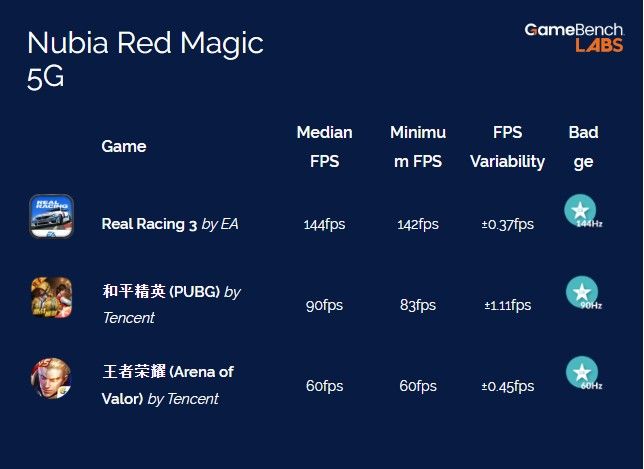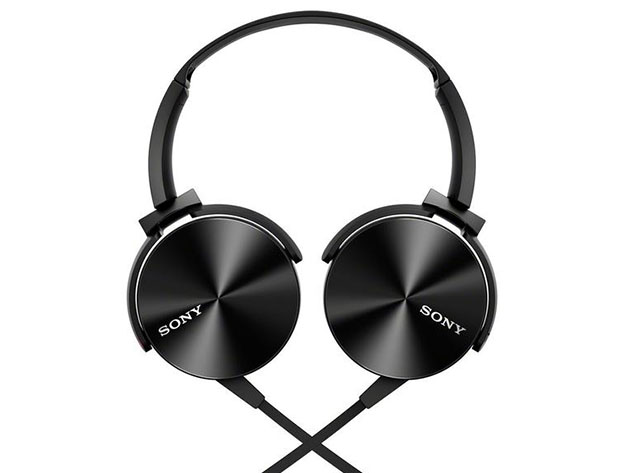Realme has had a great start this year with the launch of the budget-friendly Realme C3 and its first 5G flagship, the Realme X50 Pro. In my review of the Realme C3, I found the MediaTek Helio G70 powered device to be a great option for mobile gamers on a budget, while Adam from our team described the Realme X50 Pro as a “well-thought-out package with good features and great performance“‘. So when the company announced that it will be launching the Realme 6 series in India late last month, I had high hopes for the upcoming devices. At the time, the company had revealed that the Realme 6 series, will feature a 64MP main camera, 90Hz display, and support for 30W fast charging. Realme has now finally launched the Realme 6 series in India and both the devices in the series look to be compelling options, especially at their respective price points.
Realme 6
To kick things off, let’s first take a look at the Realme 6, which is a direct successor to the Realme 5 from last year. In terms of specifications alone, Realme has taken a big leap from Realme 5 to Realme 6 and the new device has a lot more to offer. The Realme 6 features a 6.5-inch FHD+ LCD display with a 90Hz refresh rate and a single circular hole-punch cutout for the selfie camera. The display has a touch sampling rate of 120Hz and a maximum brightness of 480 nits, which is a major step up from the Realme 5’s 720p display with a notch.

On the inside, the Realme 6 is powered by MediaTek’s Helio G90T (MT6785) SoC, coupled with up to 8GB of LPDDR4X RAM and up to 128GB of UFS 2.1 storage. In comparison, the Realme 5 from last year packed in a Snapdragon 665 chip, coupled with up to 4GB RAM and up to 128GB of eMMC storage. Once again, the Realme 6 is a significant upgrade. Even in the camera department, the Realme 6 offers much more. The device has a 64MP primary camera, an 8MP ultra wide camera, a 2MP dedicated macro camera, and a 2MP mono sensor, presumably, for depth perception. On the front, the device has a single 16MP selfie shooter. Powering the Realme 6 is a respectable 4,300 mAh battery with support for 30W fast charging.

Both the devices feature a similar design, with an aluminum alloy frame, a polycarbonate back with a vertical camera module, a capacitive fingerprint scanner embedded in the power button on the right edge and volume buttons on the left edge. Both the devices also include a 3.5mm headphone jack, and a USB Type-C port for charging and data syncing. Potential buyers will also be glad to know that both the Realme 6 and 6 Pro feature a triple-slot SIM tray, which will allow you to use two nano-SIM cards and a microSD card for expansion at the same time. Now that we’ve addressed all the common features in the two devices, let’s take a look at what makes the more premium Realme 6 Pro tick.
| Specifications | Realme 6 |
|---|---|
| Dimensions & Weight |
|
| Display |
|
| SoC |
|
| RAM | 4GB/6GB/8GB |
| Storage | 64GB/128GB UFS 2.1 Dedicated microSD slot |
| Battery | 4,300mAh, 30W charging via USB Type-C |
| Fingerprint Sensor | Capacitive |
| Rear Camera |
|
| Front Camera |
|
| Android Version | Realme UI based on Android 10 |
| Colors | Comet Blue, Comet White |
Realme 6 Pro
As with the Realme 6, the Realme 6 Pro offers a major spec bump over the Realme 5 Pro from last year, especially in a couple of key areas. The device packs in a 6.6-inch FHD+ LCD display with a 90Hz refresh rate, 120Hz touch sampling rate, and 480 nits of peak brightness. In comparison, the Realme 5 Pro featured a 6.3-inch FHD+ display with a 60Hz refresh rate and 450 nits of peak brightness.

On the inside, the 6 Pro is powered by a Snapdragon 720G (SM7125) chip, with up to 8GB of LPDDR4X RAM and up to 128GB of UFS 2.1 storage. Qualcomm announced the new Snapdragon 720G chip earlier this year in January and the Realme 6 Pro is the first smartphone to make use of this chip. It’ll be interesting to see how it compares with some of the other upper mid-range chips in the market today, so make sure you stick around for our full review of the Realme 6 Pro.

In the camera department, the 6 Pro also offers a quad-camera setup with a 64MP primary shooter, an 8MP ultra-wide camera, a 12MP telephoto camera, and a 2MP macro camera. Up on the front, the device features two selfie shooters, with a 16MP camera that has a 79.3° FoV and an 8MP ultra-wide camera with a 105° FoV. Both the cameras are housed within a pill-shaped hole punch cutout in the top left corner. As with the Realme 6, the Realme 6 Pro also packs in a 4,300mAh battery with support for 30W fast charging. As far as the software is concerned, both the Realme 6 and the 6 Pro run Realme UI v1.0 based on Android 10 which is slowly rolling out to more Realme devices.
| Specifications | Realme 6 Pro |
|---|---|
| Dimensions & Weight |
|
| Display |
|
| SoC |
|
| RAM | 6GB/8GB |
| Storage | 64GB/128GB UFS 2.1 Dedicated microSD slot |
| Battery | 4,300mAh, 30W charging via USB Type-C |
| Fingerprint Sensor | Capacitive |
| Rear Camera |
|
| Front Camera |
|
| Android Version | Realme UI based on Android 10 |
| Colors | Lightning Blue, Lightning Orange |
Pricing and Availability
The Realme 6 and 6 Pro will be available for purchase on Flipkart starting from March 11th and March 13th, respectively. Realme is offering both the devices in two color variants each, with the Realme 6 available in a Comet Blue and Comet White finish and the Realme 6 Pro available in a Lightning Blue and Lightning Orange finish. The Realme 6 will be available at a starting price of ₹12,999 for the 4/64GB variant, while the 6/128GB and 8/128GB variants have been priced at ₹14,999 and ₹15,999, respectively. The more premium 6 Pro will be available for ₹16,999 for the 6/64GB variant, going up to ₹17,999 and ₹18,999, for the 6/128GB and 8/128GB variants, respectively.
The post Realme 6 and 6 Pro launched in India with 90Hz hole-punch displays and 30W fast charging appeared first on xda-developers.
from xda-developers https://ift.tt/32Toh0Y
via IFTTT












